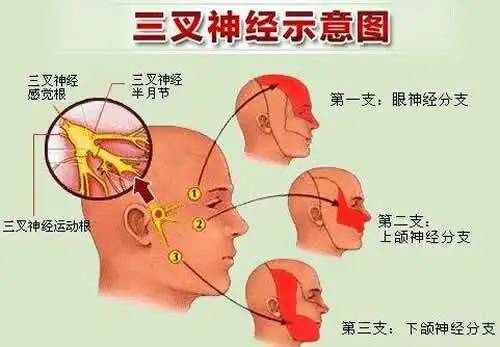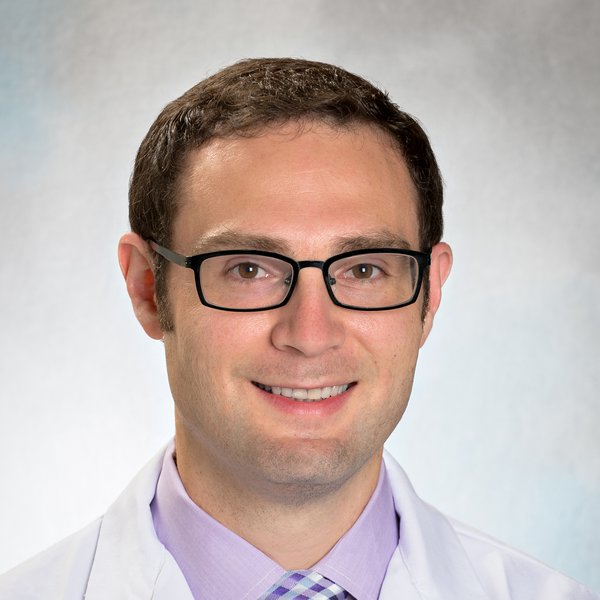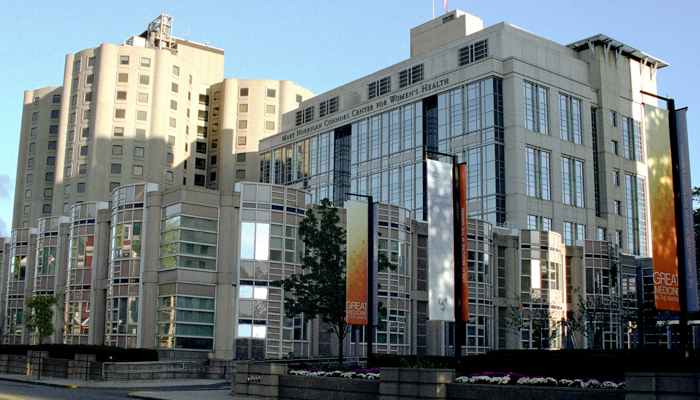9F, Zhongrui Jumei Building, 68 Jiuzhang Road, Suzhou Industrial Park, Jiangsu Province
Medical information
Researchers at Brigham and Women's Hospital and Massachusetts General Hospital analyze trigeminal ganglion cell profiles in humans and mice to reveal new treatments for migraine
Migraine and other headaches are one of the main causes of global incidence rate, but most treatments can only provide partial relief. Although scientists know that migraine and related headaches are caused by partial activity in the nervous system called the trigeminal ganglion (TG), it is still unclear which genes and cell types are involved in TG. By analyzing TG in humans and mice, researchers at Brigand Women's Hospital and Massachusetts General Hospital analyzed the genes expressed in each TG cell type at single cell resolution. Their research, published in Neuron, allows researchers to design more effective pain treatments by selectively targeting certain genes and cells

"Despite its strong efficacy in animal models, very few pain therapies have entered clinical practice, so our goal is to analyze human tissue to find new targets for treating headache and facial pain." Dr. William Renthal, Department of Neurology at Brigham, said. "We now have a key relay center for migraine and facial pain at TG." The gene map expressed in each cell type in the and used to identify potential therapeutic targets, namely, cells that cause head pain. "We believe this will lead to the development of precise drugs without side effects."

In addition to analyzing the TG of four human donors, the researchers also studied two mouse models of headache. Importantly, they found that although the cell types between mice and humans are largely conservative, some genes known to be related to pain are expressed in different cell subsets in mice and humans. This provides researchers with new ideas for further studying cells

William R. Renthal, MD, PhD
Research Director, John R. Graham Headache Center, Neurology
Assistant Professor of Neurology at Harvard Medical School
Neurology

Jochen Lennerz, MD, PhD
Medical Director, Comprehensive Diagnostic Center, Massachusetts General Hospital
Associate Professor of Pathology, Harvard Medical School
Assistant Pathologist, Massachusetts General Hospital Pathology
"One of the main values of this study is that it is not limited to a specific cell type or branch of the trigeminal ganglion," said Jochen K. Lennerz, MD, from the Comprehensive Diagnostic Center of the Department of Pathology at Massachusetts General Hospital. Lennerz's laboratory performed the complex tissue collection procedures required to extract TG. TG is located within the skull, but has neurons that inactivate teeth, eyes, and other facial structures. "We cover all the cells that make up TG," he said. "This is a very comprehensive method that researchers can study from various perspectives and professions. When identifying biomolecules as therapeutic targets, we may be looking for more than just neurons."
Information from the researchers' atlas is publicly available online, which may lead to new investigations into the molecular basis of different types of pain, such as toothache. It may also clarify how to treat headaches other than migraines, including post concussion or cluster headaches

Looking ahead, researchers plan to improve the current atlas by sequencing more human tissues. They hope that this map can help researchers develop more selective pain therapies by targeting specific cells they have identified with gene therapy
"We now have a resource that allows individuals to surf the internet to find genes of interest, identify their expression locations and regulatory patterns, and then use this information to stimulate new experiments," Renthal said. "This atlas is only a preliminary draft, and we need to expand the number of donors in order to establish a more complete atlas. This is the current limitation and the future direction of our work."
About Bregan Women's Hospital
Brigham and Women's Hospital

Brigand Women's Hospital is a world-class academic medical center located in Boston, Massachusetts. The hospital serves patients from New England, the United States, and 120 countries worldwide. As the main teaching hospital at Harvard Medical School, Bregan Women's Hospital has excellent clinical experience and continues to grow year after year
Brigham and Women's Hospital was named the top hospital on the 2021 Best Hospital honor list by US News and World Report. Brigham ranks 14th in this publication, with four majors in the top 10
The hospital was rated by U.S. News as 11 out of 15 majors. Ranked fourth in cancer, fourth in gynecology, fifth in rheumatism, and tenth in cardiology and cardiac surgery. In addition, Brigham received the publication's highest honor for "high performance" among the 17 most common, severe, and complex medical conditions and procedures
Brigham's other specialties are gerontology (18th), neurology and neurosurgery (18th), diabetes and endocrinology (19th), otorhinolaryngology (19th), urology (19th), lung and lung surgery (23rd), and gastroenterology and gastrointestinal surgery (31st)

